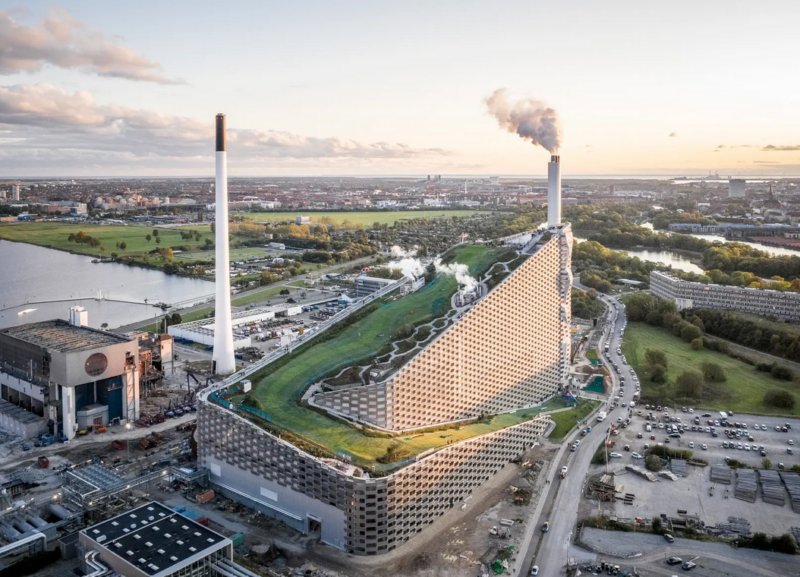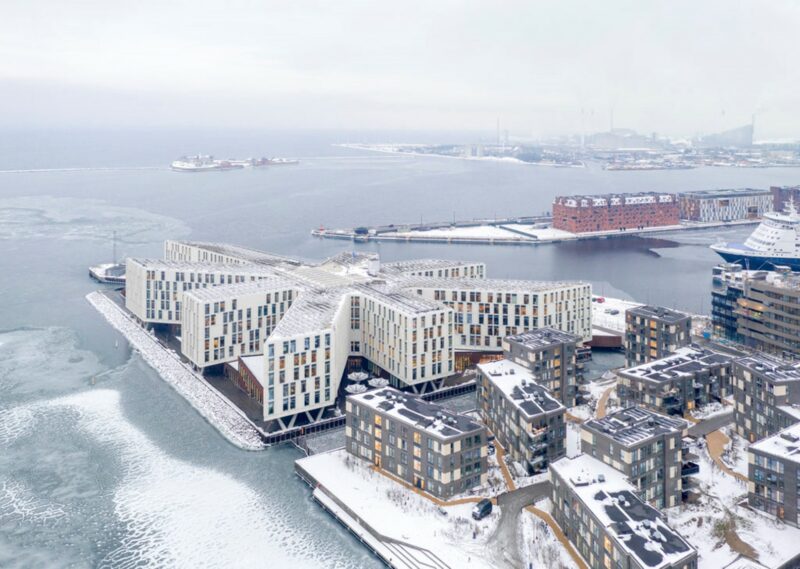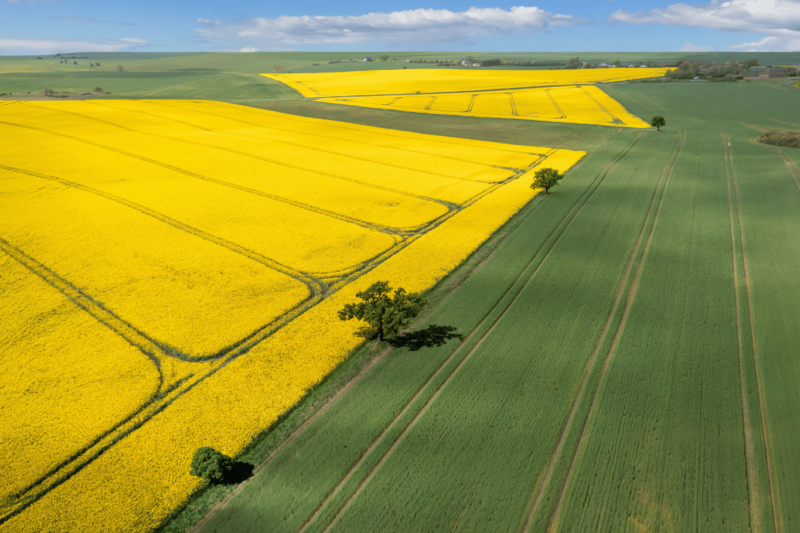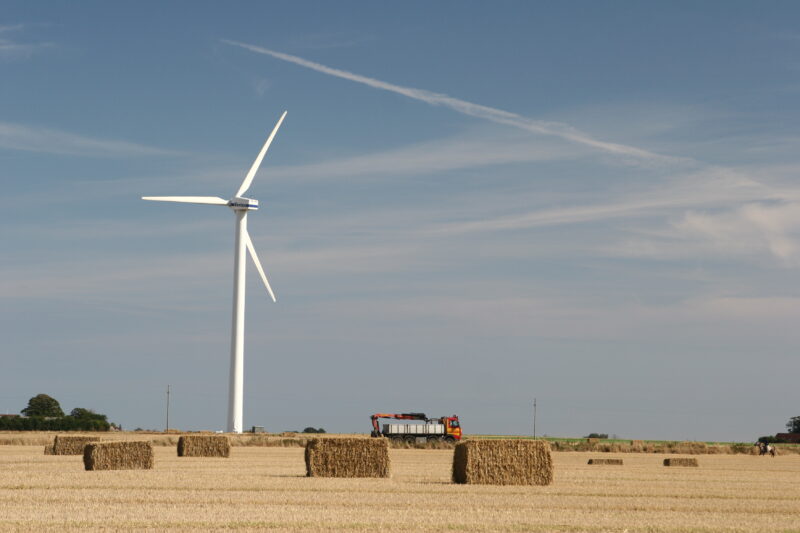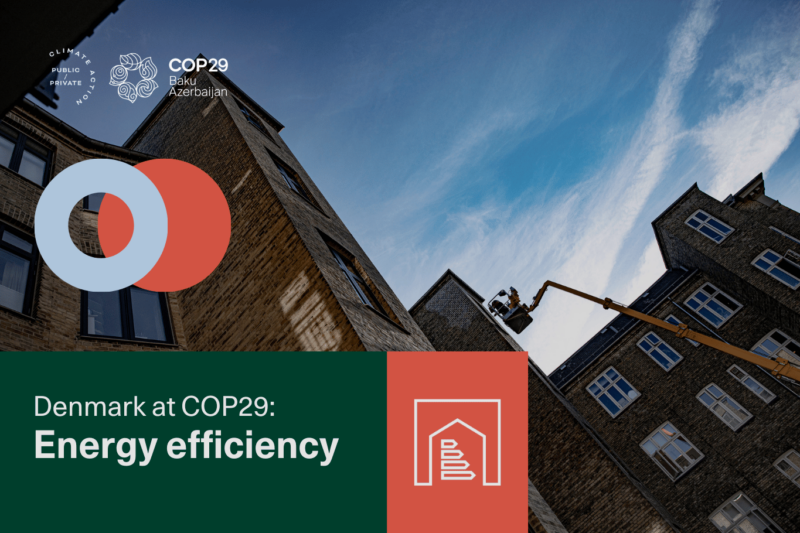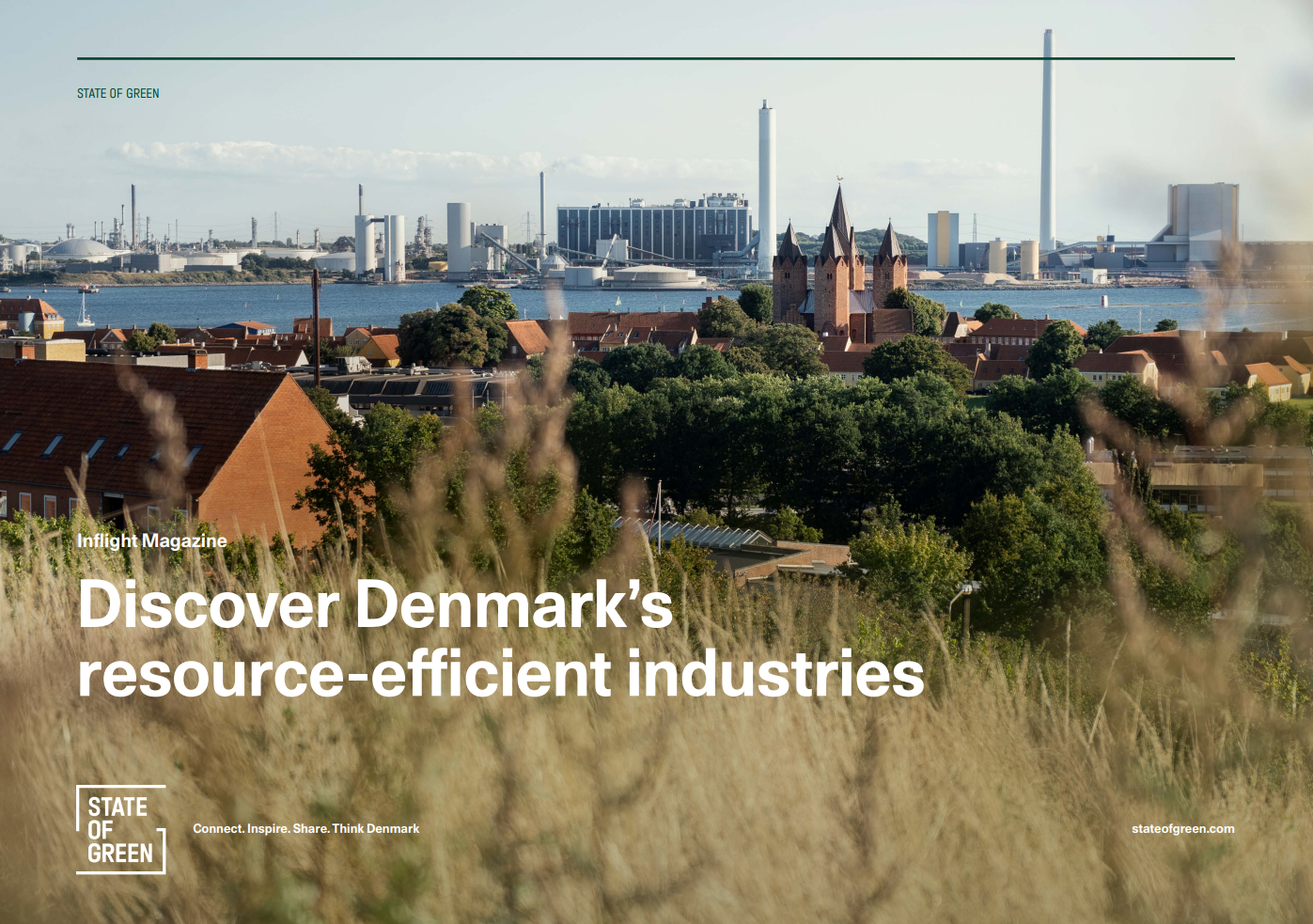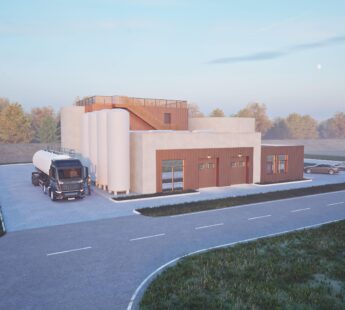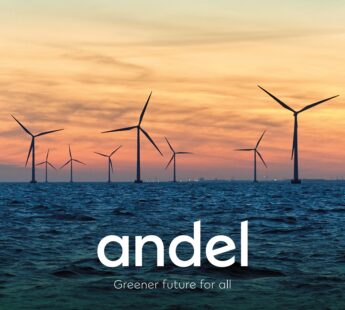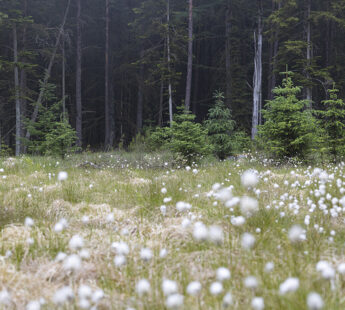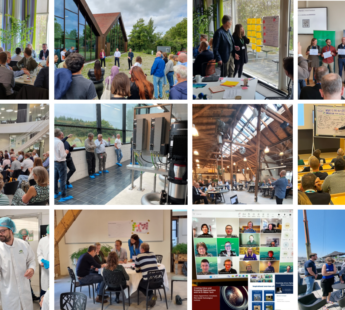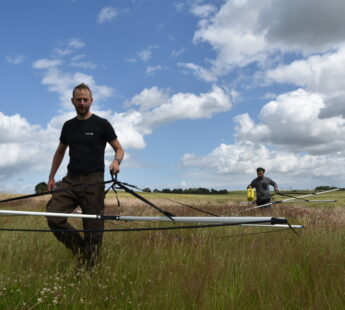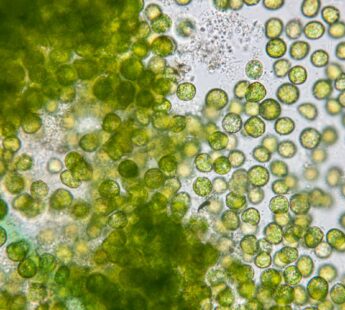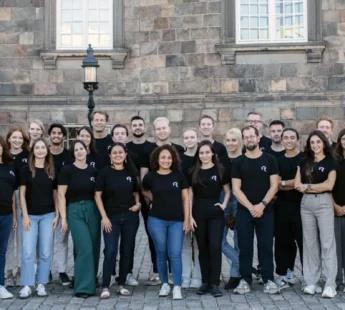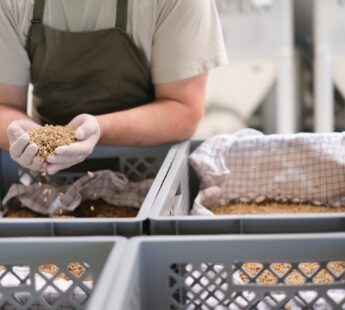News
Biomass
Circular business models
Resource efficient production
+1
15 ways to boost business in the bioeconomy
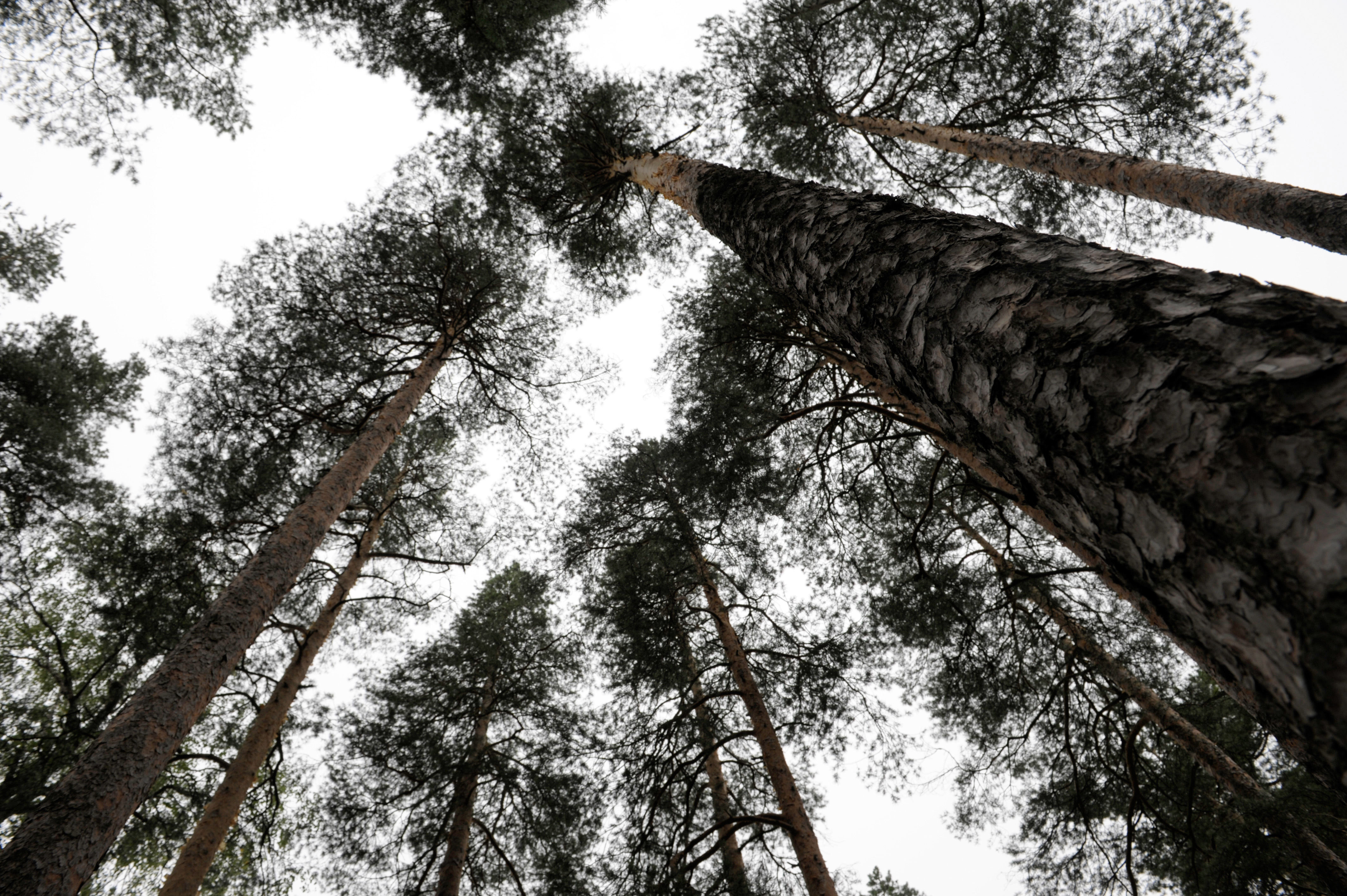

Bold and passionate entrepreneurs from around the Nordic Region are investing in industries that process raw materials and by-products from forests, oceans, and agriculture in completely new ways.
Wood is turned into textiles, fish waste into cosmetics, and harvest by-products and food waste into climate-friendly alternatives to diesel and petrol.
These new and emerging companies can spur the further development of the bioeconomy in the Nordic region, provided they receive the right political and economic backing.
Understanding what the bioeconomy is all about
The bioeconomy encompasses the utilisation of renewable biological resources and the conversion of these resources (including side- and waste streams) into value-added products, technology and services. The products include food, feed, bio-based products, chemicals, materials and bioenergy, while services include, for example, water and air quality, shelter and recreation (e.g. walking, skiing and foraging for berries and mushrooms) and nonanthropogenic outcomes like biodiversity.
The key question is how the biological sectors can contribute to serving the needs of growing populations and mitigating climate change through the replacement of fossil-based products and an improved use of global resources.
-Related news: Algae is the future's sustainable super crop
New era in bioeconomics
At their meeting in the Swedish town of Haparanda on Wednesday, the Nordic ministers for fisheries, aquaculture, agriculture, food and forestry adopted an action plan that outlines 15 ways to support new businesses in the bioeconomy.
“We’re facing a new era in bioeconomics in which new industries can emerge and new jobs can be created. If we get it right, agriculture, forestry, fisheries, and aquaculture industries can benefit hugely from upgrading biomass processes to produce more valuable products,” said Sweden’s Minister for Rural Affairs Sven-Erik Bucht.
Environmental, social and economic ambitions for a more sustainable Nordic Region
The programme aims to create new industries and value chains and to facilitate and guide the transition of traditional bio-based industries (agriculture, forestry and fishery processing) into technologically advanced industries and small and medium-sized enterprises (SMEs). It also aims to optimise the use of biomass in order to unlock its full potential and generate value. The overarching aim of the programme is to contribute to the rapid development of the Nordic bioeconomy through strong policy support at both national and Nordic level. The programme sets out a vision for the Nordic bioeconomy based on four pillars: ∙
- Competitive bio-based industries
- Sustainable resource management
- Resilient and diverse ecosystems
- Inclusive economic development
-Related news: Nordic company leaders: Climate change action boosts competitiveness
Larger Nordic market
The action plan addresses areas where the countries benefit from co-operation, such as arranging training courses for young people in rural areas, funding research, and developing a larger Nordic home market.
In addition, the countries can work together to promote a sustainable bioeconomy in an international context, for example in EU and the UN.
You can read the action plan here: 15 ways to bring about sustainable change
-Source: The Nordic Council
Photo credit: Johannes Jansson, The Nordic Council
You should consider reading
solutions
Combined heat and power production
+6
CopenHill: The story of the iconic waste-to-energy plant
20 November 2024solutions
Energy efficiency in buildings
+2
Greening the UN one building at a time
20 November 2024publications
Energy efficiency in industry
+7
